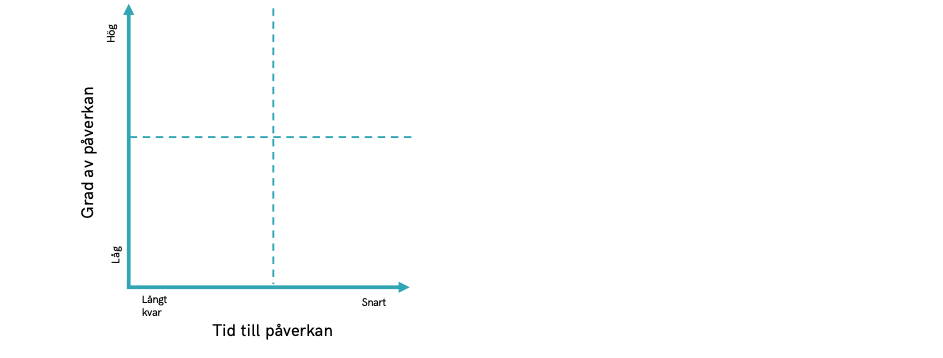The similarity between building an MVP and wallpapering
After my last post on how to use in Lean Startup in internal projects, I have had several interesting discussions on how to work with Lean Startup and different angles and tools within it.
What is striking in most discussions is that having started working with Lean Startup in some way, they have taken on MVP (minimal viable product). What is equally striking is that you do not take the time to formulate hypotheses so that the validated learning, which is the very purpose of an MVP, becomes very limited. For this purpose, there is a framework called LOFA (Leap of Faith Assumption). When we cut, reason and argue around new products and services, it is natural that we make assumptions. What is important is that we understand that it is assumptions and not truths, and that we identify when we do it. We will use these assumptions then when we work with LOFA and make our MVP.

(Photo: Yuliya Evstratenko/Shutterstock)
The basic hypotheses
There is always a basic hypothesis that one must consider, the ”value hypothesis”. That is, if a customer finds pleasure in using the new product or service? If it is a new product or service for the market then there is another fundamental hypothesis to test and it is the ”growth hypothesis”. Is it a working way that you thought your customer base should grow on?
Let me give two examples of these hypotheses.
Value-hypothesis:
“Sugar cake is good, falu sausage is good and caramel is good. I will launch a new dish that is sponge cake with falu sausage and caramel, it will all love ”.
Growth hypothesis:
”By offering the dish free of charge to a number of schools, the children will start to love it and nag their parents so they have to go and buy it”
There are now grounds for building an MVP. I can do the right thing in my kitchen and offer it to the school where my son goes. Then I can find out:
1. Does the kitchen receive a trial right in that way?
2. Do the children think about it?
3. Are they going to nag their parents so they try to get the right?
Thus, the smallest possible experiment that creates learning that is validated by potential customers.
When we validated these two hypotheses, we can continue. It seems that this can be a good idea. Make a list of other important hypotheses, which hypotheses must prove true for this project to succeed? That is, our Leap of Faith Assumptions. Don’t overdo it but make a reasonable list of relevant hypotheses (the price of eggs for the sponge cake is probably not where this idea will steal). Then draw them into such a four-liner, and focus on validating those in the upper right quadrant.
When we validated these two hypotheses, we can continue. It seems that this can be a good idea. Make a list of other important hypotheses, which hypotheses must prove true for this project to succeed? That is, our Leap of Faith Assumptions. Don’t overdo it but make a reasonable list of relevant hypotheses (the price of eggs for the sponge cake is probably not where this idea will steal). Then draw them into such a four-liner, and focus on validating those in the upper right quadrant.

Remember, until we have validated learning, we just guess and validated learning arises only through meeting with customers. So what was that beginning with?
What is the similarity between wallpapering and building an MVP? Well, you often cheat with the preliminary work.